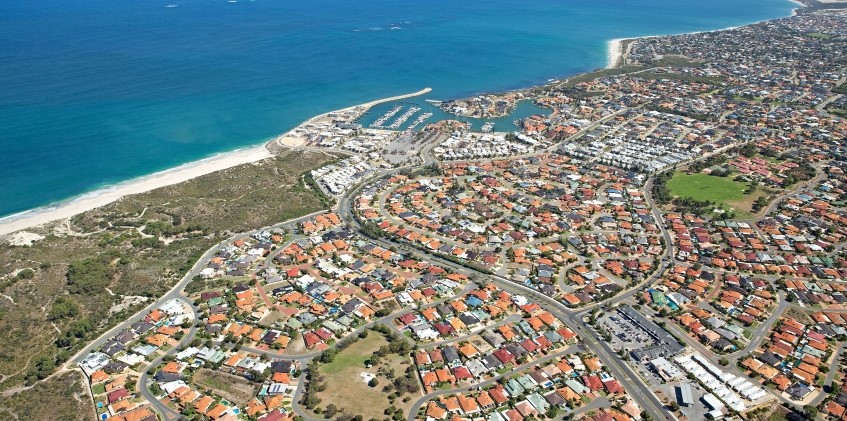Western Australia's water outlook
Sustained growth of Western Australia’s economy and population means that our water use has doubled since the mid-1980s.
At the same time, climate change has intensified, with reductions in rainfall causing historically low inflows to dams in the state’s south-west land division. Reduced rainfall is also decreasing the rate at which aquifers are recharged in the south-west. Water supplies in the State's north are affected by high variability in rainfall, which will be exacerbated by climate change.
We need to stretch existing groundwater and surface water resources further by becoming more efficient in how we use water and develop new climate-resilient water sources.
Maintaining a long-term outlook of economic and population growth supports sustainable development for Western Australia and our optimal use of water resources.
Planning for future water needs
Our Water Supply Planning team works with government, water service providers, industry and communities to identify water demand management and supply options that enable sustainable water use.
We use modelling to project future water demand and availability. The modelling is backed by population and economic forecasts to project water demand, as well as resource and climate change science to predict water availability. Based on this analysis, we can estimate when water demand–supply gaps will occur and support investigations into potential water source options to fill those gaps.
Water use data and forecasts are used to engage with our stakeholders about sectoral water challenges and to integrate water supply planning with land and infrastructure planning. Our information also supports government and service providers in planning access to water source options and the timing of infrastructure investments.
What we do
We work at state, regional and local scales.
At the statewide scale, we provide data on Western Australia's water demand and supply trends and outlook, examining water demand by region and water use sectors. The information is used to engage with stakeholders about their water challenges and to help plan their future water use and supplies. We also share our data and knowledge to raise awareness and set directions for securing the water needed to achieve WA’s state and regional development objectives.
On a regional level, we engage with planning and development agencies to ensure an integrated approach to regional development, land use planning, water planning and infrastructure priorities.
Locally, we advocate for the efficient use of existing groundwater and surface water resources to meet additional demand and help to identify new fit-for-purpose sources when these are no longer feasible. We advise on water source options for developments that are of strategic significance to the state. This can include pre-feasibility and feasibility assessments.
Publications
Show moreDrainage water as potential source of recycling in the Perth-Peel region
Great Southern regional water supply strategy
Mid West regional water supply strategy
Myalup irrigated horticulture managed aquifer recharge - Prefeasibility study
Options for bringing water to Perth from the Kimberley
Pilbara regional water supply strategy
Potential for managed aquifer recharge in the Perth-Peel region
Securing water resources for the South West
Wastewater as a potential source of recycling in the Perth-Peel region
Water for Growth: Urban - WA's water supply and demand outlook to 2050
WAter resources inventory 2014
Water-scarce cities - Perth case study
Western Trade Coast heavy industry local water supply strategy
Other resources
Show moreWater Scarce Cities: Thriving in a Finite World (World Bank 2018)



